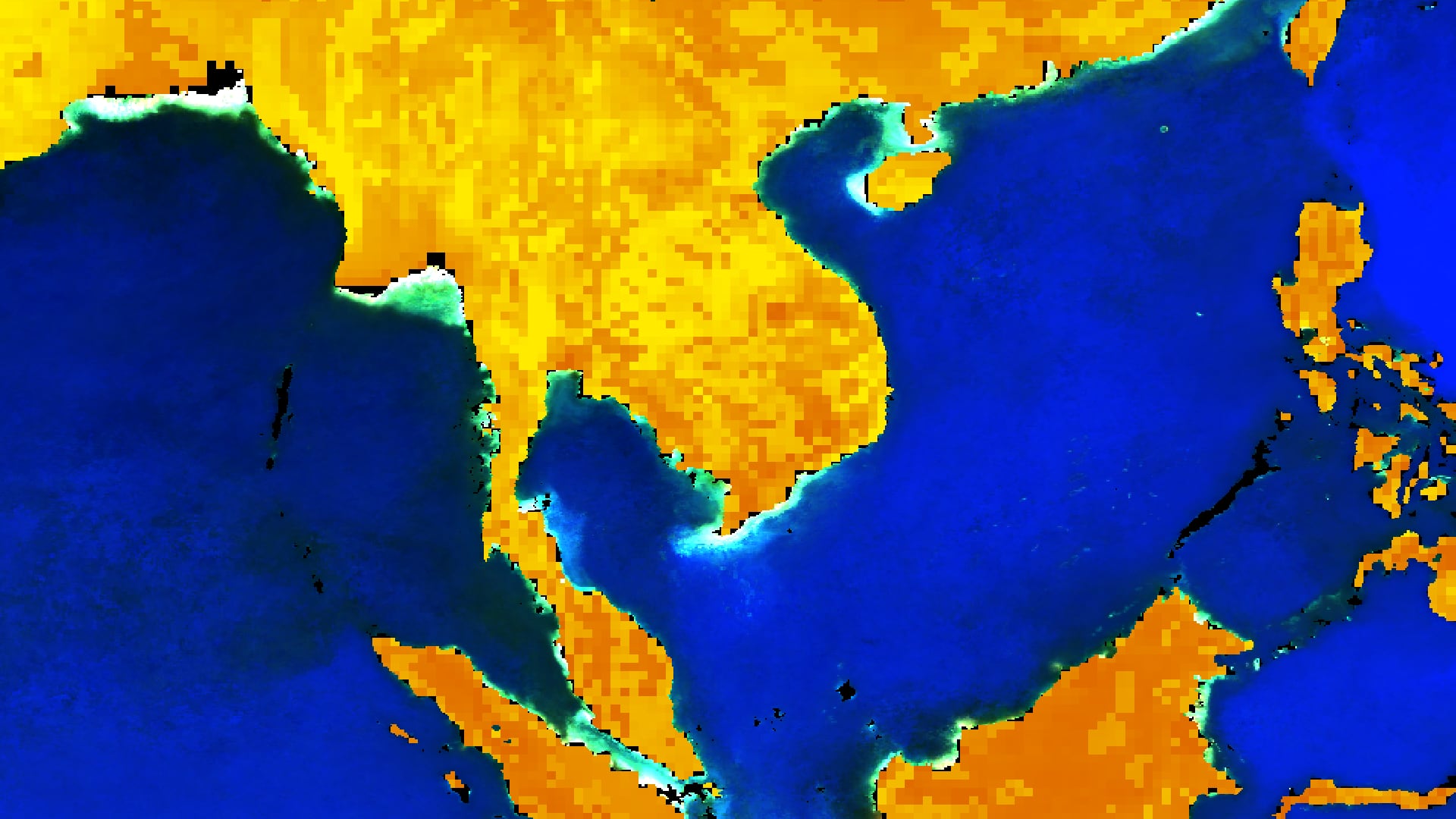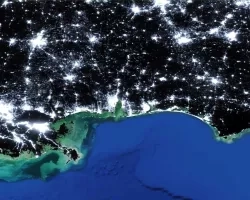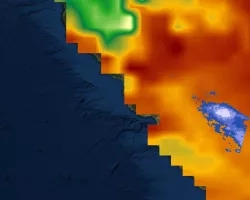
The Tonlé Sap Lake and river basin in central Cambodia provide critical ecosystem services to the region, including fisheries, agricultural irrigation, hydropower, and biodiverse habitats. Deforestation, increased pumping for farming, and effects of climate change such as droughts and forest fires threaten the health of the lake and food security in the region. This project built upon the previous term through a partnership with Conservation International (CI), the Cambodian Ministry of Water Resources and Meteorology, and the Tonlé Sap Authority to assess ecosystem vitality and implement CI’s Freshwater Health Index (FHI) tool, in an effort to prioritize resource expenditure and highlight areas of concern. Due to the COVID-19 pandemic and related travel restrictions, partners had not been able to readily collect in situ data for the past year, which make up the majority of FHI inputs. To help fill this data gap, we developed a methodology for using Gravity Recovery and Climate Experiment (GRACE) satellite data to calculate groundwater storage depletion, and a Python Application Programming Interface for processing and formatting remotely-sensed data for the Soil and Water Assessment Tool (SWAT) model. We then used SWAT to model nutrient flows and of phosphorous, nitrogen and suspended sediments amounts in the basin from October 2000 to December 2020. These outputs served as inputs for the FHI and provided policy makers with robust monitoring information to aid decision-making in the area and safeguard the lake’s vital fisheries and biodiversity.



